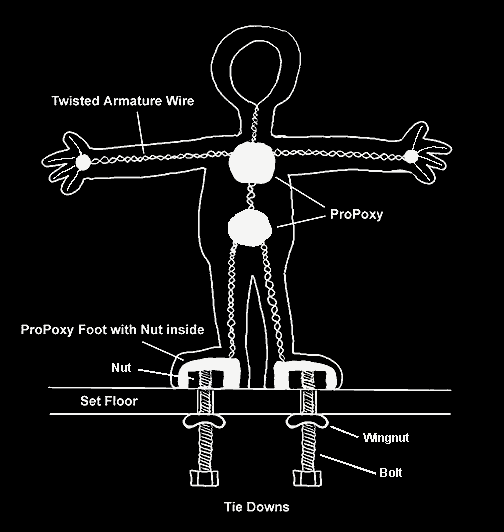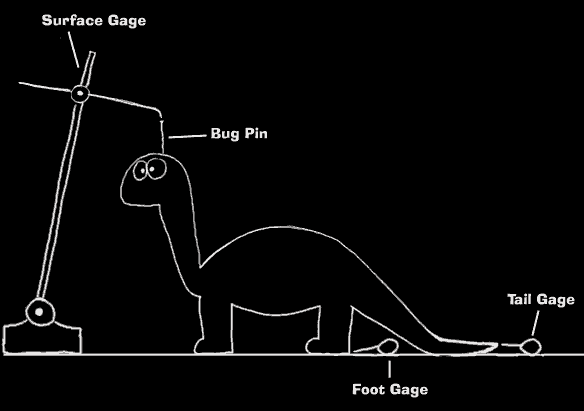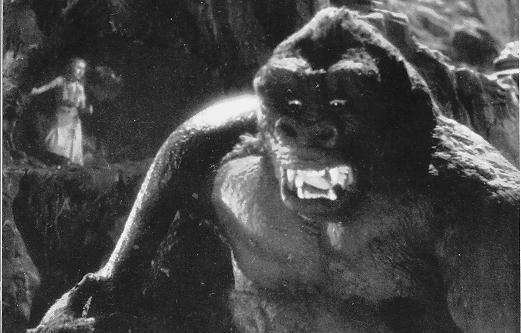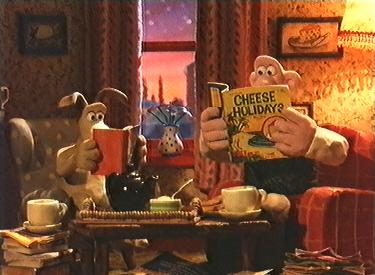
contains notes and images from
http://www.cis.ohio-state.edu/~parent/book/Intr.html
http://community.webshots.com/album/2172367pcuEbTbJKT
Computer animation has its roots in both cell animation and from stop motion animation
Dealing with real objects (typically 3D, though they can be 2D as well)
Instead of generating the main frames, and then going back and creating the in-between frames, and then going and photographing them in order, here you are doing the scene straight ahead, in order, one frame at a time.
Armature - the flexible, but sturdy skeleton of the <whatever> you are going to animate.

(image from http://www.stopmotionanimation.com/)
Gages - given that the model is in a certain position this frame, and you want to move it to the correct position for the next frame, it helps to keep track of where critical points of the model are before you move them. These days you can use video and go back several frames and play back the motion, but in the old days you had to get it right the first time.

image from http://www.stopmotionanimation.com/
Typically stop
motion animation is being used to animate things that are not
life-size. Some things don't scale down well or stay under your
control, eg water, so substitutions need to be made.
One of the best
documentaries on how to do this came from Weta on the recent release of
the original King Kong on DVD. So we are going to spend some class time
taking a look at it.
You'd like to be able to keep as much of the scene in full scale as possible and only animate the parts you need to. So stop-motion animation was frequently combined with live action scenes. Filming the live action scenes first they could be back-projected, 1 frame at a time, behind the stop-motion scene, or front projected, 1 frame at a time, onto glass plates in front of the stop-motion scene, or eventually in the 70s combined with the live action scenes and/or other stop-motion models using blue-screen.
You would also like to automate the movements of the stop-motion models. Originally, and still today, you have a team of people moving the models once per frame, especially for 'living' creatures. Machines were originally done by hand as well, but in the 70s computer controlled motion rigs took over this job. Here the computers were programmed to move the model in a given, repeatable, pattern.
Willis O'Brian - Lost World and King Kong

Ray HarryHausen - Beast from 20,000 Fathoms, It came from Beneath the Sea, Earth vs the Flying Saucers, etc, etc, etc


Aardman Studios - Wallace & Gromit, Chicken Run, etc

Brother's Quay
Mike Jittlov

Computer Animation and Lessons from Traditional Animation